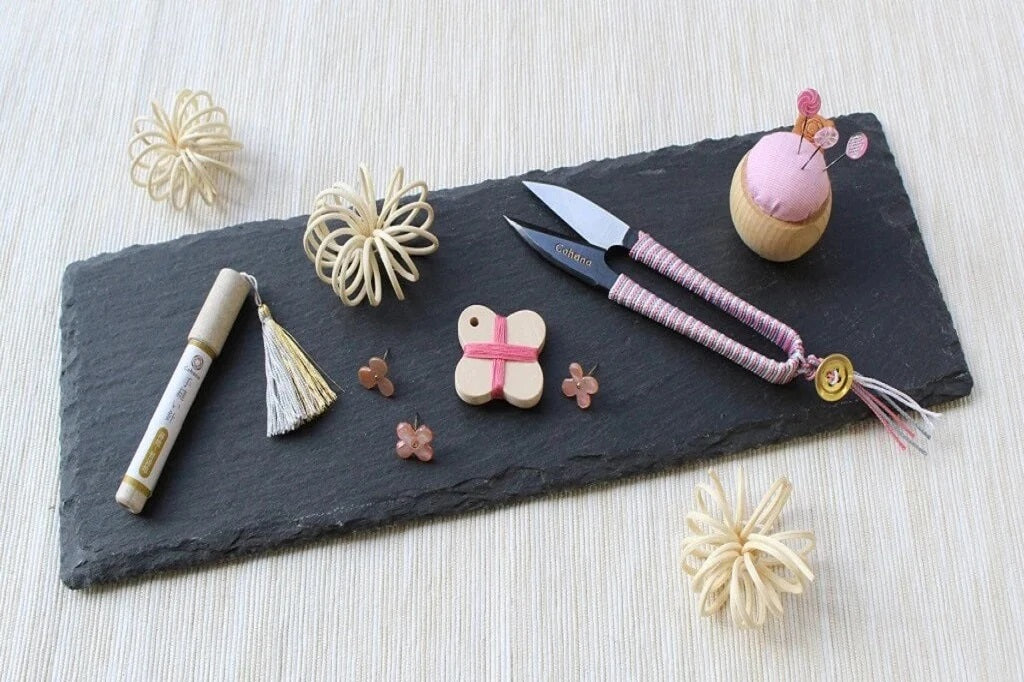Natural Plant Dyes for Wool
Natural Plant Dyes for Wool
Natural plant dyes have been used for thousands of years to dye wool, yarns, and other materials. These dyes are eco-friendly and sustainable but also have unique colours that are difficult to obtain or sometimes just not possible from synthetic dyes.
Natural Dyes and FelinFach
We make extensive use of natural plant dyes in our hand dyed yarn. Our yarn is dyed in small batches in Pembrokeshire, Wales and with natural dyes only. We also offer Craft Courses and Workshops in Pembrokeshire on natural dyeing wool and other fabrics with natural dyes only.

Hand Dyed Yarns with Natural Dyes at FelinFach
All yarn at FelinFach is hand dyed yarn, dyed in small batches in Pembrokeshire, Wales and dyed only with natural plant dyes for wool - there really are no exceptions to this!
Benefits of Natural Plant Dyes
Using natural plant dyes for wool has numerous benefits compared to synthetic dyes. Here are some of the key advantages in our experience:
- Eco-Friendly: Natural plant dyes for wool are derived from renewable plant materials, making them a sustainable and environmentally friendly choice. They do not contain harmful chemicals, heavy metals, or other toxic substances that are often found in synthetic dyes, which can have negative impacts on human health and the environment. Additionally, natural plant dyes are biodegradable and do not contribute to pollution.
- Unique Colours: Natural plant dye for wool offer a wide range of unique colours that simply cannot be replicated by synthetic dyes. The colours obtained from natural plant materials are often subtle, complex, and have a natural beauty and depth that cannot be achieved with synthetic dyes. Additionally, natural plant dyes can produce colour variations depending on factors such as the type of plant material used, the time of year the plant was harvested, and the pH of the dye bath, resulting in truly one-of-a-kind hues. Part of the beauty of a hand made product.
- Cultural Heritage: Using natural plant dyes is a way to preserve and promote traditional dyeing techniques and cultural heritage. Many indigenous communities around the world
Natural Plant Dyes for Wool List
20 Plant Dyes for Wool
The following dye from plants list does include Cochineal which is derived from an insect as opposed to a plant. However, as it is dye we use often and is such a good natural dye for wool, it is included here.
- Cochineal
Made from crushed insects found on cactus plants, cochineal produces a vibrant red colour and has been used as a natural dye for centuries. - Indigo
The classic blue natural dye colour. Derived from the leaves of the indigo plant, indigo produces a rich blue colour that has been used for centuries in textiles and clothing. - Turmeric
A vibrant yellow dye made from the root of the turmeric plant. It is commonly used in cooking as well as for dyeing textiles. - Henna
Obtained from the leaves of the henna plant, henna dye creates a reddish-brown colour and is used to create intricate patterns on the skin in various cultures. - Madder root
Known for its red hues, madder root dye is made from the roots of the madder plant and has been used for centuries to create shades of red, pink, and orange. - Weld
Weld is a plant that produces a yellow dye and has been used since ancient times for colouring textiles, paper, and even food. - Cutch
Derived from the heartwood of the acacia tree, cutch produces a range of brown shades and has been used in dyeing for its natural tannins. - Logwood
Obtained from the heartwood of the logwood tree, logwood dye creates shades of purple, gray, and black, and has been used historically for dyeing textiles. - Fusti
Derived from the wood of the fustic tree, fustic produces a yellow dye that has been used traditionally in dyeing textiles and paper. - Osage orange
Obtained from the inner bark of the osage orange tree, this plant dye produces a bright yellow colour and has been used by Native Americans for centuries. - Walnut
Walnut husks can be used to create a range of brown shades, from light tan to deep brown, and have been used for dyeing textiles and wood. - Chamomile
Chamomile flowers can be used to create a soft yellow dye and have been used for colouring textiles and as a natural remedy for various ailments. - Coreopsis
Coreopsis flowers produce a vibrant yellow and orange dye that has been used for dyeing textiles and paper. - Bloodroot
Bloodroot, a flowering plant native to North America, produces a deep orange-red dye that has been used by indigenous peoples for coloring textiles and body paint. - Black walnut
The outer husks of black walnuts can be used to create a dark brown dye that has been used for dyeing textiles and as a natural wood stain. - Pokeweed
Pokeweed berries can be used to create a range of pink, purple, and red dyes, and have been used for colouring textiles, paper, and even food. - Marigold
Marigold flowers can be used to create a range of yellow and orange dyes and have been used for dyeing textiles and as a natural insect repellent. - Stinging nettle
Stinging nettle leaves produce a green dye that has been used for dyeing textiles and as a medicinal herb. - Red cabbage
Red cabbage leaves can be used to create a range of blue and purple dyes and have been used for coloring textiles and food. - Avocado seeds
Avocado seeds can be used to create a soft pink dye and have been used for dyeing textiles and paper.
About FelinFach
Located in Pembrokeshire Wales, our ethos is defined in the three words...
NATURAL TRADITIONAL HANDMADE.
- Hand woven iconic Welsh blankets.
- Hand dyed yarn, dyed with natural dyes only - no exceptions!
- Hand poured candles, candle accessories and Candle Making Workshops.
- Natural Dyeing Craft courses.
- Yarn shop, yarn bowls, project bags, tools and accessories for knitters and crafters.
- Welsh Gifts, souvenirs, made in Wales, handmade in Wales.
We are a proud supporter of Americymru, the Campaign for Wool, Global Welsh and Red Dragon America.
Last updated 16th May 2024




























